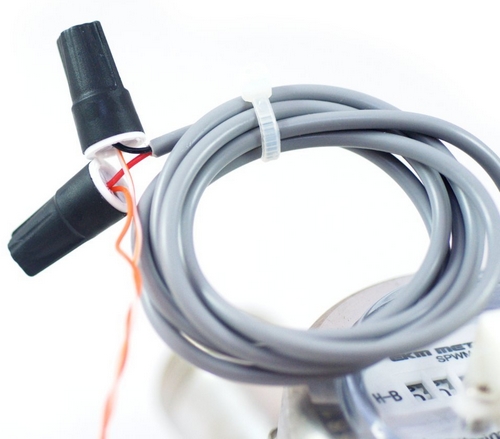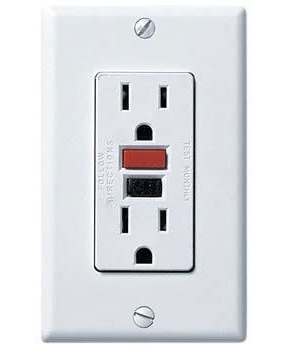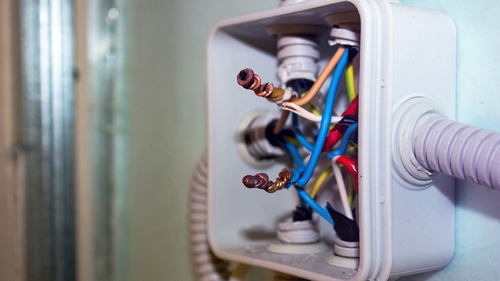
Fortunately, there are solutions for most of these problems. In this article, we will be discussing some building wiring challenges and how to solve them.
Aluminium wiring
Because of its relatively low cost when compared to copper, aluminium was used for building wiring in the 1960s and 70s. Although its use is not viewed as a code violation, aluminium is considered unsafe and is no longer used for wiring. This is because when it comes in contact with copper, aluminium tends to corrode, thereby loosening connections. This, in turn, poses the risk of arcing and fire.
For houses which still have aluminium wiring, this problem can be solved by retrofitting an aluminium-compatible dielectric wire nut onto every aluminium/copper connection present. These nuts possess unique grease that maintains conductivity and prevents corrosion.

Fig 1: Dielectric wire nut | image: diydoctor
Over lamping problem
This problem occurs when a bulb has a higher wattage than the fixture it’s connected to. The intense heat from the bulb can burn or melt the socket, as well as the fixture wires’ insulation. This not only damages the fixture and socket but also increases the risk of electric fires.
Frequently tripping Circuit breaker
Circuit tripping is a safety feature of circuits. It is carried out by a circuit breaker. It’s very normal for a circuit breaker to automatically trip off when there is excess load in a circuit. However, when tripping is frequent, there is likely to be a problem of circuit overload.
To prevent this problem, ensure you connect only necessary appliances. Do not overburden a single circuit. Rather, distribute your electricity needs over different circuits. If a particular appliance regularly trips off a breaker, the appliance is likely Faulty and should be checked.
Absent Ground Fault Circuit Interrupters (GCFI)
Certain areas in a building such as bathrooms and kitchens are water prone. There is a high risk of electric shock occurring in these areas. In such areas, shock-resistant GCFIs and not regular outlets should be used. A GCFI can shut down a circuit in 4 milliseconds (before electric current can cause a shock. In other areas of a building, ungrounded receptacles should be substituted for grounded ones.

Fig 2: Ground Circuit fault interrupter | image: popularmechanics
Uncovered junction box
Junction boxes are located at several points in a building. These boxes contain splices of many joined wires. They usually have lots of wires. As long as the wires in the junction box are out of reach, its danger levels are minimal. However, in order to completely eliminate the risk of electric shock, it is best to cover a junction box using an appropriate cover.

Fig 3: Open junction box | image: diydoctor
Electrical surges
Electrical surges can be caused by several things including lightning, damaged power lines, bad wiring, etc. Electric surges, when frequent, can cause a lot of damage to connected appliances. Frequent surges are most likely caused by bad wiring or connected faulty appliances. Check for any appliances that cause surges whenever they are plugged in. If there is none, you need to check the wiring.
Insufficient outlets
After wiring, a building may end up having too few sockets. This leads to dependence on extension cords. While the use of heavy-duty extension cords is relatively safe, it poses the problem of cost. It may also compromise the aesthetics of an area. The use of extension cords also increases the possibility of cord pinching. Fortunately, it is possible to add more outlets to a circuit.
Do you know other electrical wiring challenges? How do you solve them?